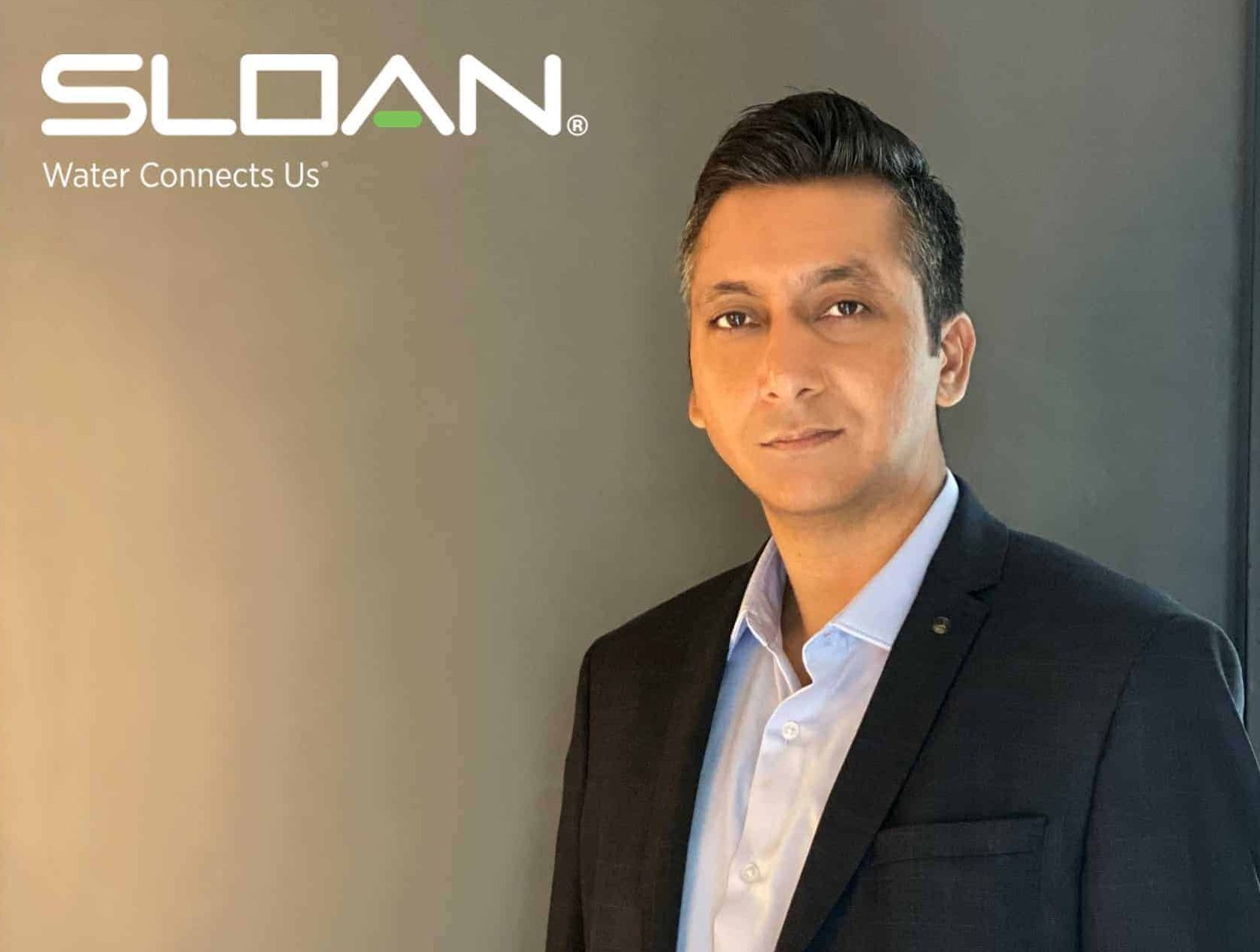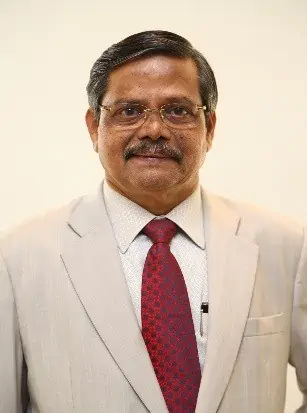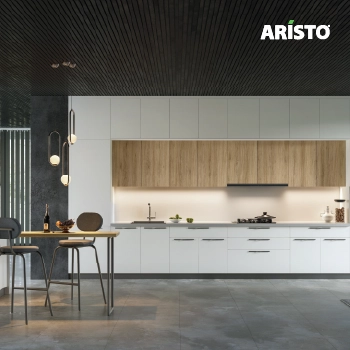
Plumbing solutions of today have come to use technology which has brought-in precision and reduced the errors resulting from manual interventions. Mr.P.Ramachandran has a long experience in the Indian building materials industry – 37 years to be precise. He has been actively involved with the Indian plumbing solutions industry since 1991. Being part of the core committee at the Indian Plumbing Association (IPA) responsible for framing various plumbing codes, Mr.Ramachandran has also been spearheading his own company – G R Tech Services Pvt. Ltd. which is involved with the execution of plumbing and firefighting installations for Hotels, Hospitals, Software Tech Parks, Mass housing, Malls, Resorts etc. in South India.
In a candid discussion with Buildingandinteriors.com, Mr.P.Ramachandran talks about various issues around the plumbing scenario in India and their practical solutions.
Major challenges for the Indian plumbing industry
There lay 2 major aspects which need immediate tackling, in order to harness the potential in the industry.
Firstly, the need for plumbing engineers to familiarize themselves with the plumbing codes. The Indian Plumbing Association (IPA) has brought out excellent codes which address practically every facet of plumbing design (Uniform Illustrated Plumbing Code – India ( UIPC – I), Uniform Swimming Pool Code – India, Uniform Solar Energy Code- India, A Guide to Good Plumbing Practices.
I had the privilege of being a part of the IPA Technical Committee for nearly a decade working with some of the finest minds in the plumbing industry on these codes). These codes admirably complement the National Building Code and in many areas, supplement with additional information. These codes require strict adherence. Failure to do so will result in mediocre impractical designs which in turn will endanger the health and safety of the user. A secondary fallout will be that the sophisticated fixtures currently being used will either malfunction or will deliver subpar performance, and
Secondly, skilling and up-skilling of the workforce is another serious issue we are facing in the industry. A lot of noise is being made about this nationwide but in the absence of good training schools and adequately trained trainers the money spent is literally money down the drain. I do not see any change in the quality of skilled workers currently available to the industry.
Implementation of the Indian Plumbing Codes
As I mentioned, I find the number of professionals utilizing the codes to be minuscule. Hopefully, the awareness programs by IPA will increase its usage. What is equally important is that IPA should engage in the up-gradation of these codes regularly and meticulously.

Relationship between the Architect, Plumbing Consultant and the Client
It is only when the Architect, the Plumbing Consultant and the Client exchange ideas and are mutually respectful and accommodative of each other’s needs that there will be true synergy. Only then can the project endure. And this is true of all building services.
Role of formal technical education in the plumbing sector
Formal technical education is the only way forward. Currently, we follow a vague gurukul system without the rigour of such protocols of ancient days. Today, with the explosion of population and sophistication of installations the current adhoc, rudimentary methods will be a recipe for disaster.
Solutions for seepage
The solution is threefold. Primarily the design should be impeccable. Secondly, detailed working drawings prepared with exhaustive details are imperative. Thirdly, Method statements. Every activity on site has to follow a systematic process. It should begin from the process of establishing a site office to stacking of materials, to core cutting, installation methodology of various components of a plumbing installation. These three steps will go a long way to eliminating adhocism at the site. Skilled workmanship is essential but an equal if the not larger focus should be on systems, procedures and testing.
Checklists and mandatory sign-offs rigorously maintained and scrutinized will automatically sensitize the ecosystem on a project.
Role of technology in plumbing solutions
Already we can see a dramatic increase in technology usage on worksites reducing dependency on individual worker skills. Chasing machines, drills and core cutting machines have replaced purely manual intervention. This equipment has, when used well, substantially increased the quality of work and reduced the time taken. Sophisticated measuring instruments have increased accuracy. Products being installed are increasingly more sophisticated and call for specialized tools for installation. Enormous technological advances in pump engineering have helped Architects design skyscrapers. In such situations, water has to be made available at the right volume pressure and temperature. Advances in heating technology have seen manufacturers move away from reliance on fossil fuels and depend on non-conventional, renewable energy. The list is endless. Plumbing Solutions of the future will have technology playing a huge part.
Criteria for association with suppliers
The job description of the supplier should also include the education of the customer on the product. Especially on high-end products like Whirlpools, Rain showers, Sensor operated fixtures etc., it is essential that they advise the prospective customer on the requisite pressure, power requirements, and hot water requirements as the case may be. Also, it may not be out of place for the supplier to even advise the quality of water required to operate these technologically advanced items.

Message for the property developer/owner
It is a commonly held truism that plumbing is possibly the only service which affects the health of the nation. A good plumbing installation doesn’t just ensure that the system delivers water at optimal pressure, temperature and volume. It is also a system which effectively drains the wastes and does not allow foul gases to enter living areas. Thus, it should be a system which facilitates maintenance. Most importantly a Plumbing system should be safe to use and should not promote unhygienic and unsanitary conditions.
Consequently, the property owner/ developer will do well to address the needs for a good plumbing system. Failure to do so would invite varying degrees of disaster. In addition, the plumbing professional should also realize the positive impact he/she can have on the well-being of humankind if they deliver effective workmanship.





















